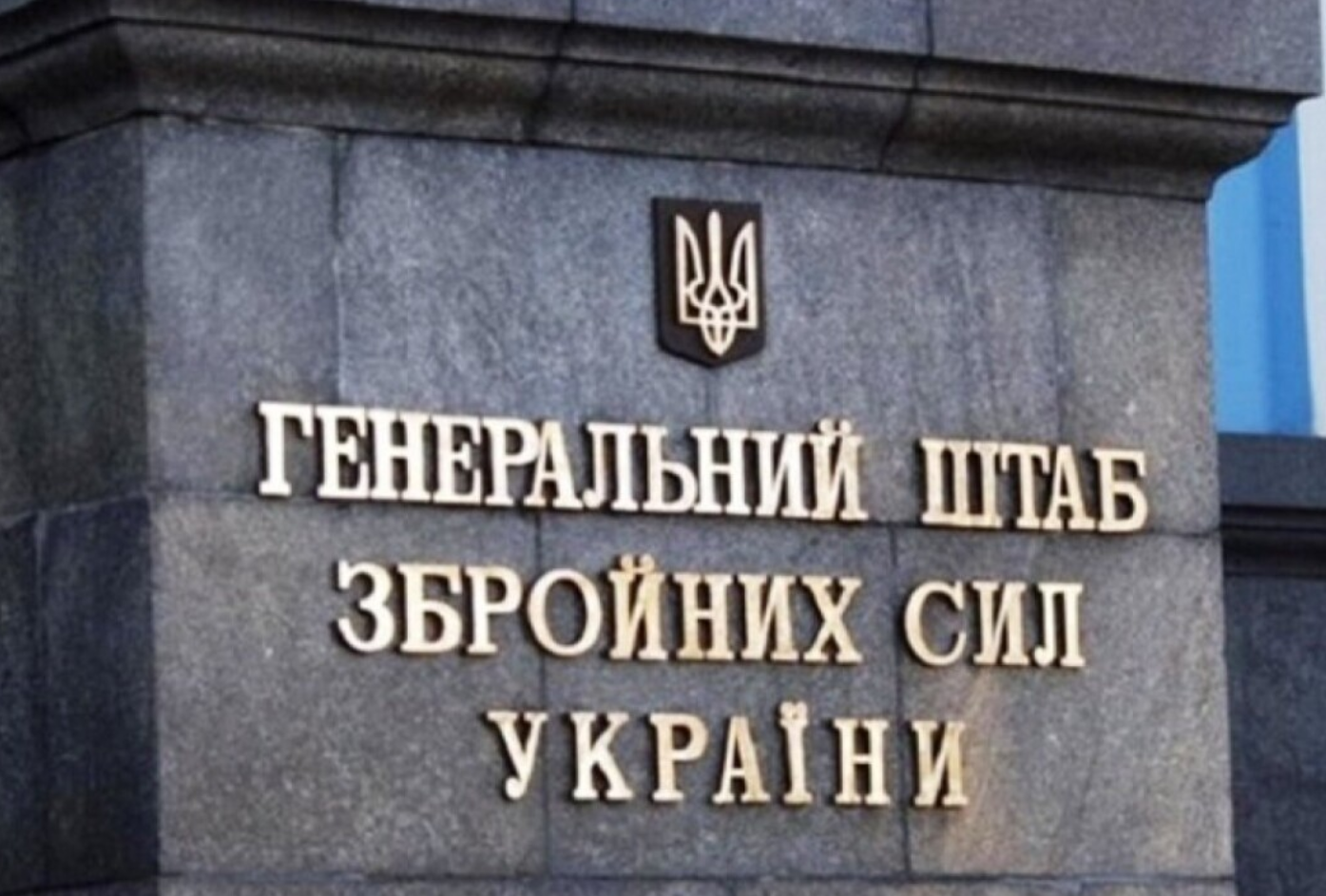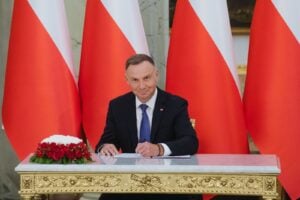Zaluzhnyi: mistakes of the General Staff cost the Armed Forces of Ukraine the advantage in the war
6 October 15:20
In August 2024, the Armed Forces of Ukraine suffered a painful loss: the complete liquidation of the Central Space Support Directorate of the General Staff with no possibility of recovery. This decision, made against the backdrop of a 60% reduction in the General Staff, was one of the key failures in defense reform, despite the successes of 2022-2023 in the use of commercial satellites for intelligence and communications. Valeriy Zaluzhnyi, former Commander-in-Chief of the Armed Forces of Ukraine and Ambassador to the United Kingdom, writes about this in his column on the Militarnyi website, "Komersant Ukrainian" reports
Space and war: the factor that determines the advantage
The former Commander-in-Chief recalled that thanks to its Western partners, Ukraine had a firepower advantage in the early stages of the war because of access to space intelligence.
“From the very beginning, the enormous intelligence capabilities of the West were put into service with the Armed Forces of Ukraine, which provided an advantage in intelligence and targeting,” Zaluzhnyi quoted from the Russian article.
According to him, the synergy between space reconnaissance, modern artillery, and HIMARS missile systems was especially important.
“155-mm modern long-range artillery and HIMARS and MLRS ground-based missile systems with GMLRS high-precision missiles with a range of up to 90 km, which began to be used at the end of June 2022, combined with the above-mentioned intelligence, targeting and network-centric communications command and control, and data transmission, allowed the Ukrainian side to gain firepower and high-precision long-range strike capabilities in the second half of 2022, which significantly complicates the situation of the Russian Armed Forces,” Zaluzhnyi quotes an excerpt from the Russian article.
However, this advantage quickly began to diminish.
“The lack of our own space systems made us dependent. We could not fully use the high-precision weapons we had received – information from space was delayed or not available in real time,” Zaluzhnyi explains.
He recalled that at that time, as well as now, the problem that significantly reduced the effectiveness of troop management was the lack of a strategic-level intelligence command and control body and, accordingly, a set of forces and means.
“The critical point in this problem was the emergence of the latest means of destruction. The mere fact of obtaining such weapons was not enough. After all, the very idea of inventing the object, its further exploration and preparation of the initial data for the destruction itself required one thing – an immediate decision to organize the exchange of intelligence information in real time. I am drawing attention to the timing of the exchange, because, having modern means of destruction, the armed forces did not have the necessary information to inflict such a defeat, and the information they received through dedicated channels could not always be used, because its timeliness did not stand up to any logic,” Zaluzhnyi emphasized.
Unrealized potential of HIMARS
According to the general, even after receiving high-precision HIMARS systems, Ukraine was unable to fully utilize their potential due to the lack of prompt intelligence sharing.
“Logically, it is precisely because of the lack and delay in the exchange of specific information from space that we failed to use the full potential of systems such as HIMARS. Subsequently, due to Russia’s reaction, their strategic importance has significantly decreased. As it turned out, it is space capabilities that are critical for targeting, navigation, and communication, ensuring the effectiveness of missile strikes. And while the problem with communication through SpaceX’s Starlink was already solved, and the problem with navigation required both time and resources, timely intelligence and time-coordinate support was already needed,” he said.
The problem was partially solved by Starlink, which provided stable communication, but the issue of navigation and coordinate reconnaissance remained open.
“It is space capabilities that are critical for targeting, navigation, and communication, ensuring the effectiveness of missile strikes,” Zaluzhny emphasized.
How space control was formed
After the full-scale invasion began in March 2022, the Armed Forces began using the resources of the State Space Agency in cooperation with the Defense Intelligence of Ukraine.
In December of the same year, the formation of the Central Space Support Directorate of the General Staff, a structural body that was to provide Ukrainian troops with real-time intelligence, began.
“We started cooperation with one of the leading Western companies in the field of database analysis to create a system for exchanging space information. It was a chance to create an asymmetric advantage over Russia,” Zaluzhnyi said.
Why it was important
According to the general, at the beginning of 2023, there were more than 7,500 active satellites in orbit, of which only 246 were military.
“Russia had about 160 active satellites, of which 100 performed military functions, from navigation to reconnaissance. Ukraine relied exclusively on partners and commercial companies,” he said.
According to Zaluzhnyi, private companies opened a window of opportunity for Ukraine.
“Their activities have effectively erased the boundary between commercial and military space. This gave us a chance to use civilian satellites for military purposes,” he said.
Zaluzhnyi is convinced that the elimination of the Space Directorate in 2024 was a strategic mistake that significantly reduced the technological capabilities of the Ukrainian army.
“Our war is the first major confrontation in which space technologies play a crucial role. And the refusal to develop this component is a loss of an advantage that we have been struggling to gain,” the former Commander-in-Chief summarized.
The elimination of space control is a lesson in the dangers of “optimization” during war. The Armed Forces have lost their advantage, but the 2025 plan is a chance for revival. As Zaluzhnyi writes, changes must be timely. If the Space Force reaches 60% readiness, Ukraine will regain the asymmetry – otherwise, dependence on Starlink and Maxar will be fatal.









